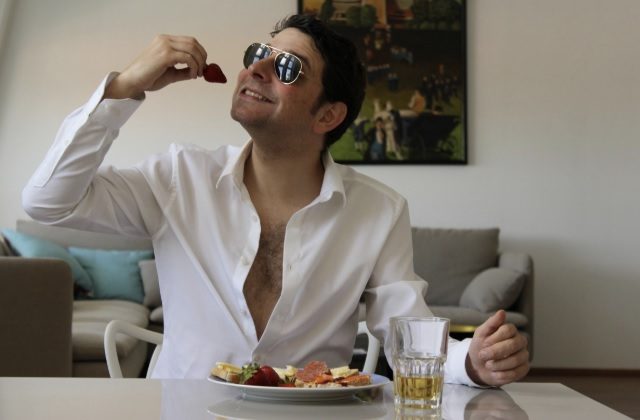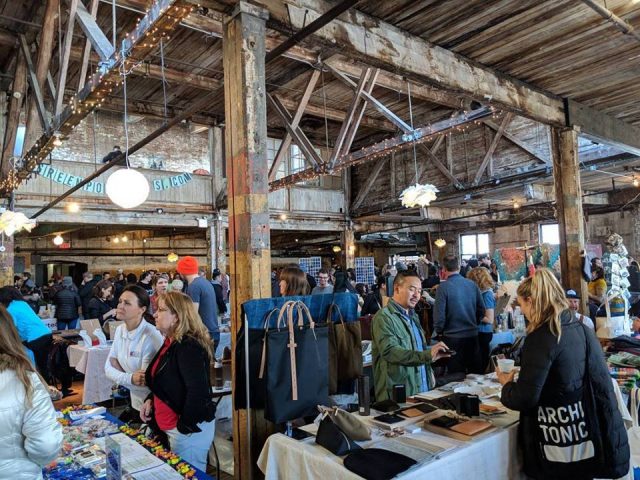
A New York City-based data scientist automated his @beautiful.newyorkcity Instagram account to re-share touristy photos and in the process became a bonafide ‘influencer’ gaining over 28,000 followers while dining for free at multiple NYC restaurants, HYPEBEAST reports.
Chris Buetti reached out to local restaurants on Instagrams messenger offering reviews and photos in exchange for comped meals, he explains in a Medium post.
The beauty of this all is that I automated the whole thing. And I mean 100% of it. I wrote code that finds these pictures or videos, makes a caption, adds hashtags, credits where the picture or video comes from, weeds out bad or spammy posts, posts them, follows and unfollows users, likes pictures, monitors my inbox, and most importantly — both direct messages and emails restaurants about a potential promotion. Since its inception, I haven’t even really logged into the account. I spend zero time on it. It’s essentially a robot that operates like a human, but the average viewer can’t tell the difference. And as the programmer, I get to sit back and admire its (and my) work.
By compiling a list of approximately 50 Instagram accounts that Buetti felt were posting quality photos, he scrapped content by creating an algorithm to choose the most engaging pictures to strategically and automatically repost the images with canned captions at optimal times.
The first thing I did was refine my inventory on some specific guidelines from the metadata. I was rather strict because there is no shortage of content for me to share. If there was even a slight red-flag, I trashed the picture. I can always scrape more content, but if my algorithm posts something spammy or inappropriate to my page there may be thousands of people that see it before I recognize and remove it.
The preliminary step was to have my algorithm look at the caption. If the text includes any text related to “link in bio”, “buy now”, “limited time”, or the related, I immediately have it fail the test. These are typical of posts looking to sell something rather than quality content for entertainment purposes.
The next thing I looked at is if the comments were disabled. If they were, I failed the picture. Disabled comments from my experience were linked to controversial posts and not worth the risk.
The final thing I looked at was if there was more than one person tagged in the picture. A lot of the times, one tag in a picture is a credit to where it came from, so I actually found that to be beneficial. But if the picture had multiple tags, It would lead to confusion when it came to crediting or what the purpose of the post even was.
From these rules, I was able to get most of the spammy and undesirable posts into the trash and out of my folder. However, just because a post isn’t trying to sell something doesn’t mean it’s a good, quality post.
See kids, all you need is some expert-level coding skills, an eye for sharable photos and a little patience, and you too can be on your way to Instagram influencer status and free meals.
Leave a Reply



